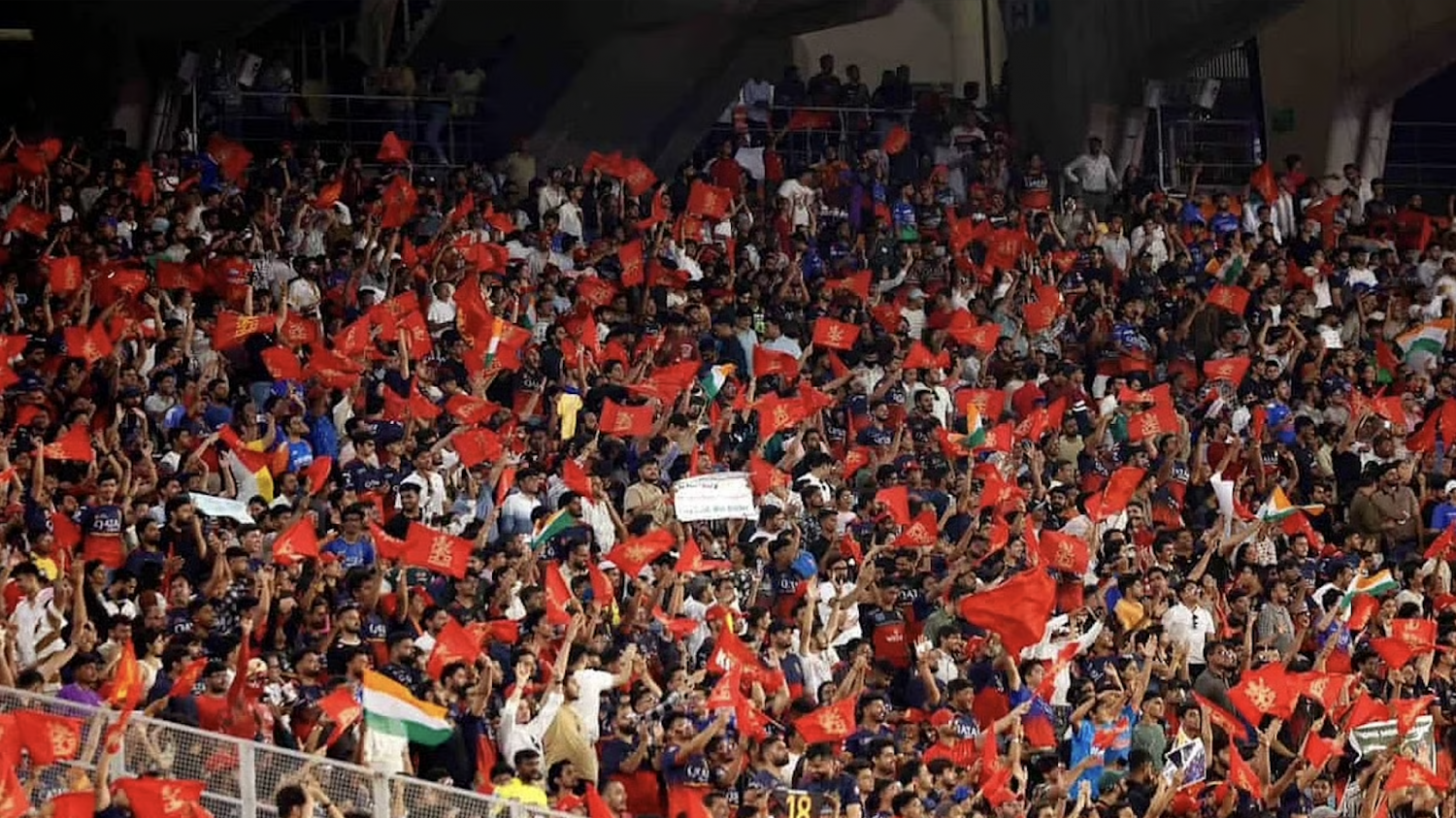The euphoria surrounding RCB’s first IPL victory was meant to be unforgettable—but not in the way it unfolded. The subsequent stampede, triggered by overcrowding at a celebratory event, has left behind more than physical injuries and loss. It has etched a deep scar of vicarious trauma—on those who were present, those who narrowly escaped, and even those who witnessed it unfold through media and social channels. Beyond the logistical failures and crowd mismanagement, this tragedy has exposed the fragile architecture of human behavior in mass gatherings.
At the heart of the chaos lies a collision of powerful psychological forces: the primal need to belong, the instinct to survive, and the human tendency to deflect blame. Together, these dynamics create a volatile mix where joy can turn to horror in seconds. When celebration ends in devastation, it forces us to re-examine not just event planning, but how we understand collective emotion, grief, and public responsibility.
A key psychological thread in such tragedies is the FOMO mindset—the Fear of Missing Out. Many fans didn’t just attend the event for the thrill of celebration, but for the symbolic importance of being physically present in a once-in-a-lifetime moment. In today’s hyperconnected world, where experiences are validated through selfies, videos, and live updates, the pressure to “be there” often overrides caution. People brave overwhelming crowds, scale barriers, and endure unsafe conditions just to secure their place in a shared historic memory. The fear of exclusion becomes stronger than the fear of risk.
As excitement builds, another psychological process takes over—deindividuation. In large crowds, individuals often lose their sense of personal identity and accountability. Surrounded by thousands of like-minded people, fans stop functioning as individuals and start responding to the group’s energy. If the crowd surges forward, they follow—often without conscious thought. In this suspended moral space, even dangerous behavior can feel justified, or at least inevitable.
Adding fuel to this is emotional contagion—Elation, pride, and celebratory fervor ripple through the crowd, unifying them momentarily. But this same mechanism can trigger panic in sudden whiplash. Joy flips into fear, and survival instincts take over. People push, climb, and trample—actions born not out of malice but of sheer desperation and often accelerate into disaster.
Grief and trauma replace jubilation. For many fans, the tragedy not only claims lives but also shatters the emotional significance of the celebration itself. What was once a symbol of unity, triumph, and belonging becomes a painful memory. The psychological dissonance is profound.
For survivors, survivor’s guilt looms large. They carry the burden of having made it out while others didn’t and experience post-traumatic stress, particularly in environments that mimic the scene of the tragedy. Families of victims often find themselves trapped in a cycle of grief, anger, and helplessness. Candlelight vigils and public memorials serve as anchors, offering spaces to process sorrow and rebuild a sense of collective solidarity.
But while the public mourns, institutional responses often take a more defensive shape. Authorities, organizers, and even the sports team may engage in psychological distancing or diffusion of responsibility—blame is passed from police to local government, from event managers to fans. Moral disengagement becomes a shield: institutions rationalize the tragedy as unforeseeable, deflect criticism, and focus on salvaging their reputations.
For the sports team, the situation is equally complex. While they are not directly responsible, their victory staged it. In response, they may adopt symbolic gestures—black armbands, condolence posts, or hospital visits—which, while sincere, also serve the purpose of image management. They walk a fine line between empathy and optics.
Public reactions mirror the psychology of group identity. Die-hard fans may rush to defend the team, accusing local authorities of negligence. Others may hold fans responsible for unruly behavior. These polarized narratives reflect how our affiliations color our perception of accountability and justice. Media coverage and social platforms amplify these sentiments, often shifting focus from mourning to outrage, and from tragedy to trial.
In the long run, such incidents erode civic trust. People grow wary of public events, governments overcorrect with excessive security, and a subtle anxiety seeps into our collective psyche. Yet perhaps the most lasting impact is the unspoken lesson that even our most cherished moments—sports victories, community pride, national celebrations—are not immune to human error, psychological blind spots, and collective vulnerability.
This tragedy compels us to look deeper than mismanagement. It demands that we understand how emotion, identity, and fear spiral if we are not equipped to hold them.
About the Author


